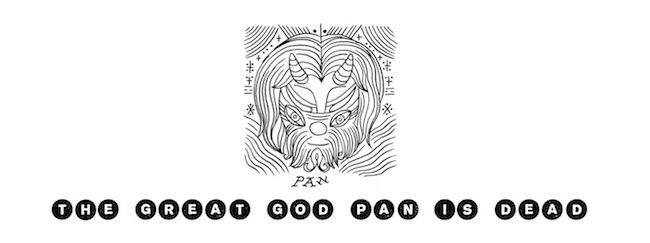One of my favorite artists is Ed Kienholz (1927-1994). He came to campus once for a a pair of shows at the Rice Museum and at the CAM in 1985. So I got to met him, and he and his wife/collaborator Nancy Reddin were really open and friendly to us students. He was having a good experience in Houston. CAM in particular was a very flexible space for him to build his huge tableaus. He complained bitterly about a museum in Seattle that failed to accommodate him adequately. (I later got to be friends with Larry Reid, then the director of that "museum," who had bad memories of Kienholz and his difficult demands.)
Kieholz's work is seering, brutal, unbelievably powerful. I don't know why, but today he and his work popped into my mind.

Back Seat Dodge '38, mixed media, 1964.

The State Hospital, mixed media, 1966
From a review of a Kienholz show in The Guardian, 2005:
When Ed Keinholz died, he was buried in his 1940 Packard, a deck of cards and a dollar in his pocket, a bottle of 1930 Italian red wine beside him, the cremated remains of his dog (who died a few days before him) on the back seat. His burial arrangements sound like one of his own works. It also gives something of the measure of the man, a farmer's boy of Swiss ancestry from Washington State, self-taught, immensely self-reliant, an individualist westerner who dodged the draft for the Korean war and made a living as an odd-job man in the 1950s (he had a truck advertising his services with the words "Kienholz - Expert" on the side). He decorated bars in Las Vegas, worked in a Spokane speakeasy, and opened a shortlived but successful LA gallery with the curator Walter Hopps in the late 1950s, a place that, by all accounts, had much in common with today's "alternative spaces". Kienholz was a hard-nosed guy who loved to hunt (he once took the Swiss artist Jean Tinguely on a duck shoot), loved cars, dogs and horses and the outdoors, and eyed New York with suspicion, always going his own way.Kienholz made installations before there really was such a thing, and conceptual works before the term became a movement. In the 1960s, he swapped watercolour "Barter" works, whose washy grounds bore only the rubberstamped name of the thing he wanted, for the goods themselves: a set of screwdrivers, a fur coat, a portable saw, a car.

The Birthday, mixed media, 1964




No comments:
Post a Comment